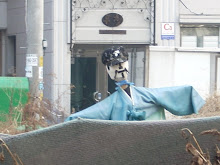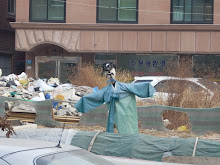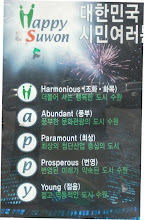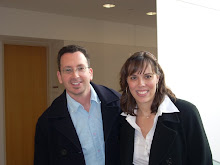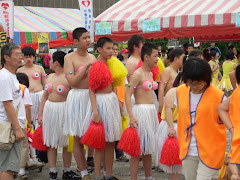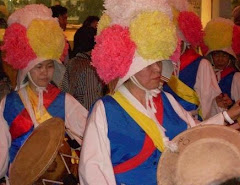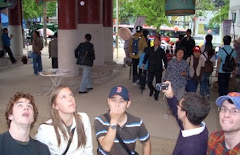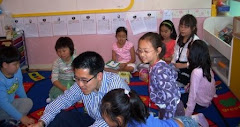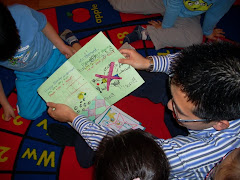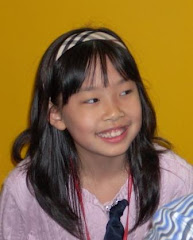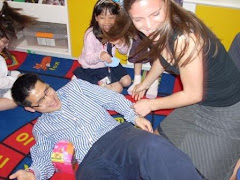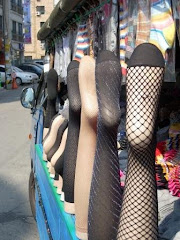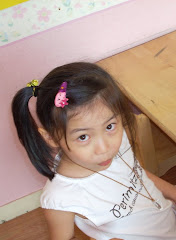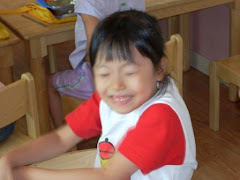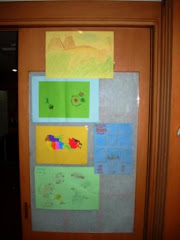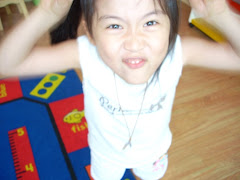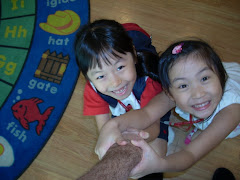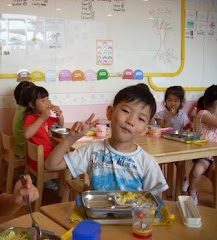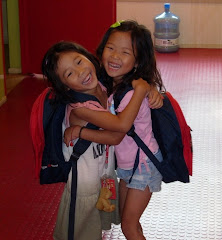Lately, I’ve been thinking about Erving Goffman. He’s from the school of symbolic interaction I studied as a sociology major in college. His theories are interesting and relevant then and today. He looked at our face to face world of interaction and how we project and observe each other in different settings and most importantly, how we manage our "faces" or "masks" during these interactions.
In my novel writing class there are a couple of women who are good looking. They usually arrive dressed in their office garb: skirts and heels and nicely done make-up. One of them is blond and the other brunette. Each of us reads, out loud, a page from our novels each week. They are both better writers than me. The blond reads from her memoir / novel and the brunette has a story about a couple traveling somewhere in the mid west. If you look at them, they seem totally normal. But after you hear them read from their current works, they are messed up. These are really crazy, hurting women. You wouldn't know it. If you just talk to them like they’re your co-worker rinsing her coffee cup in the kitchen sink, you wouldn’t think of them as these “fictional” characters. But underneath their skin, from their writing hand, come a “fictional” story hidden in their character’s lives. So, on one hand, they are managing their face at work which is (I greatly assume) normal and professional. On the other hand, during the novel writing class, their first person narratives are messed up individuals. I perceive them through a lens and filter of their writing which is “fiction” while at the same time I observe their classroom masks. Oh, it’s all very complicated, this symbolic interaction stuff. How can I be sure?
In a symbolic interaction way, I think I know how people observe me. Most people have learned the skill of concealment so that they can live and work in the private and public world and in an Erving Geoffmanesque way, understand how others observe them and properly maintain and manage a "face." So, one day they’re feeling depressed. Or angry. No one really knows. You can’t tell. With me, however, you can—so I think. I observe people who are observing me and from their feedback and reactions, I deduct their reactions to me! I don't think that I have not learned proper management of my public or private mask. I’m sure others would dispute this but I feel certain, although with no factual basis, that the two chicks in my class are on the edge of something which none see. But what we see or how they fictionalize themselves in their writing, the masks are not concealed. Or are they?
The blond picks at herself to manage her emotions. It’s subtle when she's in the classroom. Outside, during the break, nothing. The brunette, when you watch her eyes carefully, nervously darts them. She also does this subtle squinting thing, almost like a scowl and her voice, when reading her pages out loud, cause me to feel at ease. She’s this tense crumpled paper of constant revisions thrown in frustration on the floor. Maybe if she read some Dickinson or Shakespeare this voice of hers would sound normal. Maybe others in the classroom observe her "face" the way I do. Maybe reading our novels, masks drop and our real selves emerge?
What would Goffman say about my characters in my novel and are their "faces" the composite of mine which I portray and manage on paper and in person? Can you completely separate out any character "face" from your own character "mask"? Are all characters some facet of us which we manage and maintain both public and private faces? When the two chicks read their novel out loud, am I hearing their private "face," a composite of them vis a vis their character? Or, when I observe them in class, not reading, are their public "face" replaced by another which makes one pick at herself and the other one a ball of tension?
Saturday, October 17, 2009
Subscribe to:
Comments (Atom)
























































